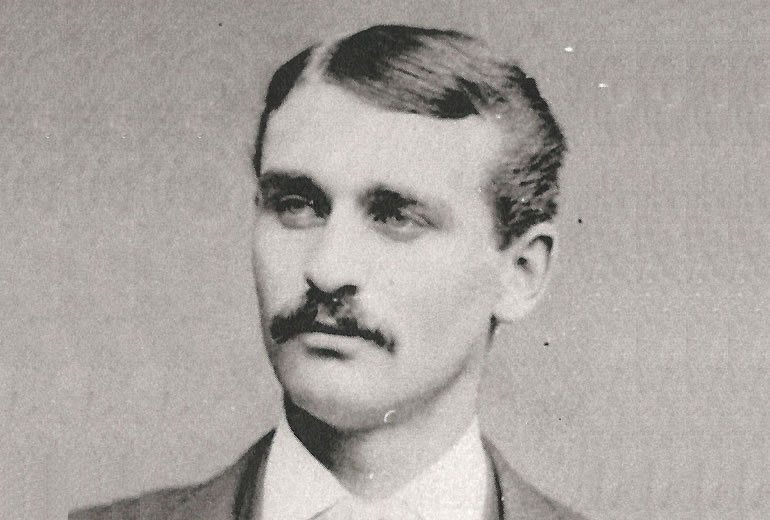Ross Barnes is SABR’s 2013 Nineteenth Century Overlooked Legend
Aug 1, 2013 by Adam Darowski
At the beginning of June, I wrote about how I was added to SABR’s Nineteenth Century Overlooked Legend Committee. At that point, we kicked off the voting for the 2013 award.
I’m happy to say that the winner is… Ross Barnes!
Here’s Barnes’ bio from the PDF of finalists prepared by Joe Williams (with a little help from me, particularly with the “Sabermetric Slant”).
Ross Barnes
Born: May 8, 1850, Died: February 5, 1915
Years as Player: 1866–77, 1879, 1881
Position: Second Base, Shortstop
Barnes may have been the most exciting all around player of the 1860s and 1870s. Prior to the establishment of the National Association, Barnes was a star player for the Forest City Club of Rockford, Illinois. In 1871, he joined the Boston Red Stockings of the new professional league and quickly established himself as one of the league’s shining stars. Over the next five seasons, Barnes would lead the league in at least eighteen offensive categories while becoming the National Association’s career leader in runs (459), hits (531), doubles (101), base on balls (57), stolen bases (103), total bases (704), batting average (.391) and on-base percentage (.415). Barnes, the premier fair-foul hitter, won batting titles in 1872 (.430) and 1873 (.431). Also a defensive standout, Barnes was one of Boston’s “Big Four” that led the Red Stockings to the league championship each year from 1872 to 1875.
When the National League was formed in 1876, he became a member of the Chicago White Stockings and led them to the league’s best record. He also led the league in almost every offensive category including batting average (.429, his third batting title), on-base percentage (.462), slugging percentage (.590), runs (126), hits (138), doubles (21), triples (14) and total bases (190). After the 1876 season, he was never the same player. Both an illness (which limited Barnes to just 22 games in 1877) and the banning of the fair-foul hit were contributing factors in his demise. He finished his career by playing in the International Association in 1878, followed by two seasons as a shortstop for Cincinnati in 1879 and Boston in 1881.
Barnes was an Overlooked Legend finalist from 2009–2012, finishing second last year.
Sabermetric slant: In addition to leading the National Association in many traditional batting categories, Barnes also led the circuit in Wins Above Replacement (WAR) with 18.9. In the batting component, he was worth 159 runs above average while the next best hitter (Cal McVey) was worth 101 runs above average. Over his entire career, Barnes was worth 59 batting runs above average per 700 plate appearances. For comparison, Babe Ruth was worth 88 and Henry Aaron was worth 44. Defensively, Barnes’ 53 runs above average trail only Bob Ferguson’s 55 in league history.
I have to admit, I was pulling for Jack Glasscock (which should come as no surprise), but Roscoe is a worthy recipient. Like Glasscock, I absolutely believe that Barnes deserves a spot in Cooperstown. In fact, I support every past Overlooked Legend for the Hall—Pete Browning, Harry Stovey, Deacon White, and Bill Dahlen. White, of course, was inducted into Cooperstown over this past weekend. Here’s hoping that Barnes, Dahlen, Glasscock, Browning, and Stovey find a similar fate.
Here’s the official SABR press release prepared by Joe Williams.